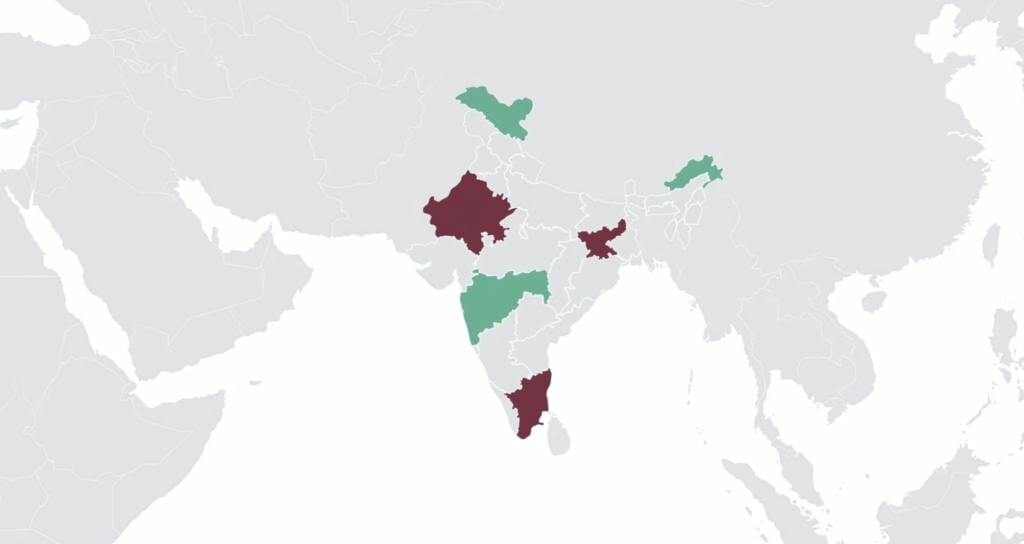Eco-Friendly Agriculture Bags for Green Farming
Sustainability is no longer just a buzzword—it’s a necessity. The global agricultural sector is under increasing pressure to adopt environmentally responsible practices. One small yet powerful step in this direction is the use of eco-friendly agriculture bags. These bags are transforming how farmers store, transport, and manage agricultural products while minimizing harm to the environment.
In this article, we’ll explore what eco-friendly agriculture bags are, their benefits, types, and how they contribute to sustainable farming.
What Are Eco-Friendly Agriculture Bags?
Eco-friendly agriculture bags are storage and transportation solutions made from sustainable, biodegradable, or recyclable materials. Unlike traditional plastic bags that persist in landfills for centuries, these bags are designed to decompose naturally, reducing pollution and conserving resources.
They are commonly used for:
-
Storing seeds, grains, and fertilizers
-
Transporting harvested crops
-
Covering soil and protecting saplings
Why Traditional Bags Are Unsustainable
Traditional agricultural bags are often made from polyethylene or polypropylene, petroleum-based plastics that take hundreds of years to break down. These plastics contribute to:
-
Soil and water pollution
-
Microplastic contamination in food systems
-
Harm to wildlife and ecosystems
-
Increased carbon footprint from fossil fuel production
Benefits of Using Eco-Friendly Agriculture Bags
Adopting sustainable bags in farming offers numerous environmental, economic, and social advantages.
1. Environmentally Responsible
Eco-friendly bags are made from materials such as:
-
Jute
-
Hemp
-
Cotton
-
Cornstarch bioplastics
-
Recycled paper or plastic
These materials decompose naturally or can be recycled, reducing waste and environmental impact.
2. Soil and Crop Health
Many plastic-based bags leach harmful chemicals into the soil. Sustainable bags eliminate this risk, promoting healthier soil and higher-quality crop yields.
3. Improved Brand Image and Marketability
Consumers are becoming more eco-conscious. Farmers and businesses using sustainable packaging stand out in the market and appeal to green-minded buyers.
4. Cost-Effective in the Long Term
Although eco-friendly bags may have a higher upfront cost, they reduce long-term environmental cleanup expenses and improve sustainability credentials, opening doors to grants and certifications.
Types of Eco-Friendly Agriculture Bags
There are several types of sustainable agricultural bags, each suited for different farming needs.
1. Jute Bags
Jute is a biodegradable natural fiber that is strong, breathable, and affordable. Jute bags are ideal for:
-
Grain storage
-
Fertilizer transport
-
Vegetable packing
Advantages:
-
Reusable
-
Biodegradable
-
Moisture resistant
2. Hemp Bags
Hemp is more durable than cotton and grows with less water and pesticides. Hemp bags are excellent for heavy-duty agricultural use.
Advantages:
-
High tensile strength
-
Naturally resistant to pests
-
Eco-friendly cultivation process
3. Biodegradable Plastic Bags
Made from cornstarch, cassava, or other plant-based polymers, these mimic plastic properties without the environmental damage.
Advantages:
-
Water-resistant
-
Fully compostable
-
Compatible with current plastic machinery
4. Paper Bags
Used for packing dry agricultural products like seeds, powdered fertilizers, and dried herbs.
Advantages:
-
Easy to recycle
-
Cost-effective
-
Suitable for branding and labeling
5. Woven Recyclable Polypropylene Bags
Though not biodegradable, these bags are recyclable and reusable for years.
Advantages:
-
Strong and durable
-
UV-resistant options available
-
Suitable for mechanized fillin
How Eco-Friendly Bags Promote Sustainable Farming
Sustainable farming focuses on minimizing environmental harm while ensuring productivity. Here’s how green agriculture bags support these goals:
1. Waste Reduction
By replacing plastic with biodegradable options, farms reduce their overall waste output. Many eco-bags are reusable, further cutting down consumption.
2. Water and Soil Conservation
Sustainable bags prevent leaching of harmful chemicals into soil and groundwater, maintaining nutrient balance and ecosystem health.
3. Carbon Footprint Minimization
Natural fibers and biodegradable polymers have lower carbon footprints than petroleum-based plastics. Many are sourced locally, cutting down on transportation emissions.
4. Promoting a Circular Economy
Reusable and recyclable bags support the principles of a circular economy, where materials are continuously repurposed rather than discarded.
How to Choose the Right Eco-Friendly Agriculture Bag
Choosing the right bag depends on several factors:
1. Type of Crop or Product
-
Grains: Jute or woven polypropylene
-
Perishables: Hemp or breathable cloth
-
Dry seeds: Paper or compostable bags
2. Environmental Conditions
Consider moisture, temperature, and sunlight exposure. Choose UV-protected or water-resistant materials where necessary.
3. Reusability Needs
If bags are used repeatedly, opt for more durable materials like hemp or woven plastic.
4. Biodegradability Requirements
Fully compostable bags are ideal for single-use needs that prioritize decomposition.
Read More :- High-Quality Cement Bags for Bulk Storage
Challenges in Adopting Eco-Friendly Bags
Despite the benefits, some challenges still exist:
-
Higher initial costs: Especially for natural fiber bags
-
Limited supply chain infrastructure: Particularly in rural areas
-
Lack of awareness: Many farmers are unfamiliar with sustainable alternatives
-
Durability concerns: Some biodegradable materials degrade faster in humid conditions
Solutions:
-
Bulk purchasing to reduce costs
-
Government and NGO awareness programs
-
Partnerships with eco-packaging suppliers
-
Innovation in materials (e.g., waterproof jute or hybrid fibers)
Innovations in Eco-Friendly Agricultural Packaging
Technology is driving exciting innovations in this space:
-
Nano-coated biodegradable bags: Improve water resistance
-
Mycelium-based packaging: Fungi-derived and fully compostable
-
Smart bags with QR codes: Enable tracking and traceability
-
Hybrid fiber-plastic blends: Balance strength with sustainability
These innovations help meet the specific needs of modern agriculture while keeping sustainability in focus.
The Future of Sustainable Farming Packaging
The future of agriculture is undeniably green. As the world shifts toward climate-resilient and regenerative farming practices, packaging will play a critical role.
Eco-friendly agriculture bags offer a tangible, practical step for farmers and agribusinesses to reduce their environmental impact, comply with evolving regulations, and appeal to the growing market of eco-aware consumers.
Conclusion
Switching to eco-friendly agriculture bags isn’t just about packaging—it’s about transforming the way we farm. By adopting biodegradable, reusable, and recyclable solutions, we not only protect our crops and products but also safeguard our planet.
Sustainable farming begins with sustainable choices. And the bag you choose might just be the difference between a polluted planet and a greener future.


